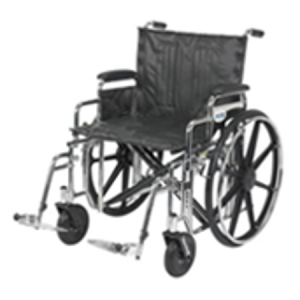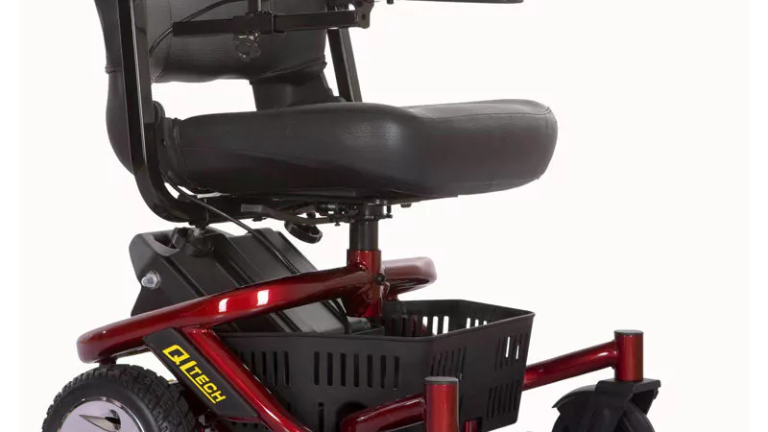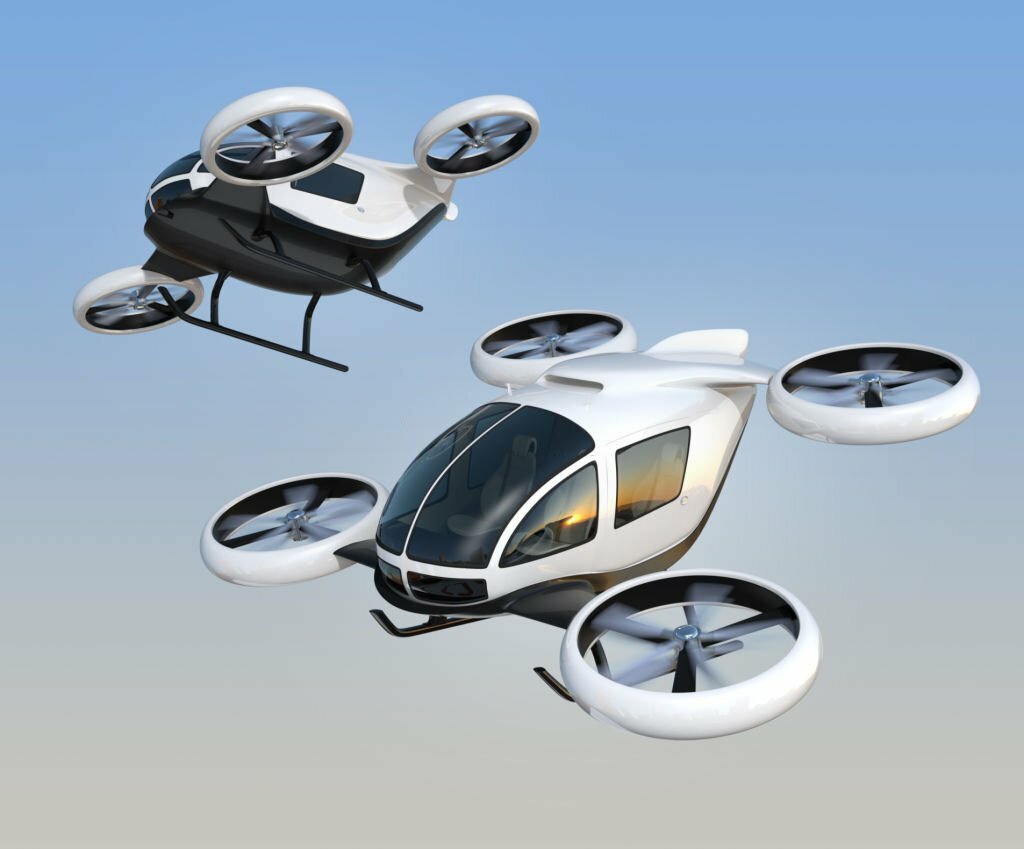How To Make Motorized Wheel Chair: You must approach the job with attention and give safety priority at every turn. To guarantee a successful and safe conclusion, if you’re not familiar with the technical components of wheelchair customization, think about speaking with specialists or professionals in the industry.
How To Make Motorized Wheel Chair
How To Make Motorized Wheel Chair: Creating a motorized wheelchair can be a complex project that requires a good understanding of mechanical and electrical systems. Keep in mind that safety is a top priority, and any modifications to a wheelchair should be done with caution and following relevant regulations. The following guide outlines the general steps you might consider when attempting to make a motorized wheelchair.
1. Assess the Existing Wheelchair:
- Examine the current wheelchair to understand its structure and components. Ensure it’s in good condition before making any modifications.
- Take note of the wheelchair’s dimensions, weight capacity, and wheel placement, as these factors will influence the design of the motorized system.
2. Select the Power Source: How To Make Motorized Wheel Chair
- Choose an appropriate power source for the motorized wheelchair. Common options include batteries, which can be lead-acid, lithium-ion, or other types depending on your requirements.
- Consider the wheelchair’s weight capacity and the desired speed and range when selecting batteries.
3. Choose a Motor and Drive System:
- Select a suitable motor based on the wheelchair’s weight, desired speed, and available power source.
- Decide on the type of drive system. Rear-wheel drive provides better traction, front-wheel drive offers better maneuverability, and mid-wheel drive combines aspects of both.
4. Frame Modification: How To Make Motorized Wheel Chair
- If necessary, modify the wheelchair frame to accommodate the motor, batteries, and other components. Ensure that any modifications maintain the structural integrity of the wheelchair.
- Welding may be required, so it’s essential to have the necessary skills or seek professional assistance.
5. Motor Mounting:
- Mount the selected motor securely to the wheelchair frame. This usually involves fabricating a bracket or frame to hold the motor in place.
- Ensure that the motor is positioned in a way that provides good balance and stability to the wheelchair.
6. Install the Drive System:
- Connect the motor to the wheels using an appropriate drive system. This might involve belts, chains, or direct drive mechanisms.
- Test the drive system to ensure smooth operation and adjust as needed.
7. Battery Installation: How To Make Motorized Wheel Chair
- Install the selected batteries on the wheelchair. Consider the weight distribution to maintain balance.
- Implement a secure battery mounting system to prevent movement or damage during use.
8. Electronic Controls:
- Choose an electronic control system that suits your needs. This could include a joystick, a button interface, or other control mechanisms.
- Connect the controls to the motor and ensure that they provide precise and responsive movement.
9. Safety Features: How To Make Motorized Wheel Chair
- Incorporate safety features such as emergency brakes, anti-tip mechanisms, and obstacle detection systems to enhance user safety.
- Test these safety features thoroughly to ensure their effectiveness.
10. Testing and Calibration:
- Conduct extensive testing of the motorized wheelchair in a controlled environment before allowing its use.
- Calibrate the controls, ensuring that the wheelchair responds accurately to user input.
11. Compliance with Regulations:
- Ensure that the modified wheelchair complies with relevant safety and accessibility regulations. This may involve consulting with experts or authorities in assistive technology.

12. User Training: How To Make Motorized Wheel Chair
- Provide thorough training to the wheelchair user on how to operate the motorized system safely. Emphasize the importance of understanding the controls and safety features.
13. Ongoing Maintenance:
- Establish a routine maintenance schedule to keep the motorized wheelchair in optimal condition. Regularly check for any wear and tear, and address issues promptly.
14. Seek Professional Assistance:
- If you’re not confident in your ability to make modifications safely, consider seeking the assistance of professionals experienced in adaptive technology or wheelchair customization.
15. Documentation: How To Make Motorized Wheel Chair
- Keep detailed documentation of the modifications made, including schematics, wiring diagrams, and a list of components used. This documentation can be valuable for troubleshooting and future modifications.
Conclusion
It’s crucial to approach the project with diligence and prioritize safety at every stage. If you’re not familiar with the technical aspects of wheelchair modification, consider consulting with experts or professionals in the field to ensure a successful and safe outcome.




